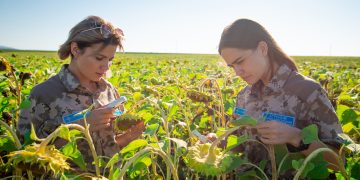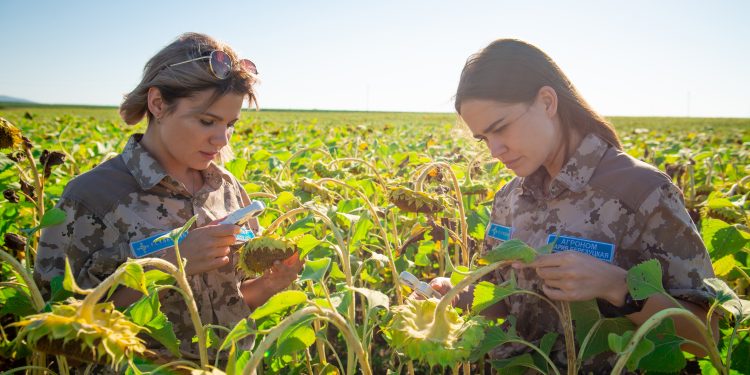#BiologicalPlantProtection #Entomophages #UAVs #SustainableAgriculture #PestControl #EcoFriendly #ArtificialIntelligence #CropManagement #EcologicalImpact
Description: The use of chemical pesticides in agriculture has led to a number of environmental and health issues, prompting farmers to seek more sustainable solutions. Biological plant protection using entomophages – natural predators or parasites of crop pests – is an eco-friendly and effective alternative to chemical pesticides. However, the use of entomophages requires precise and timely deployment, which can be challenging over large and inaccessible fields. Unmanned Aerial Vehicles (UAVs), commonly known as drones, can provide a high-tech solution to this problem. This article explores the development of UAV-based biological plant protection and its potential consequences for sustainable agriculture.
Development: The concept of using UAVs for biological plant protection is not entirely new, but recent advances in drone technology and artificial intelligence have made it more feasible and practical. UAVs equipped with sensors and cameras can survey crop fields and detect the presence of pest outbreaks, as well as identify the species of pests and their location. This information can be used to release entomophages at the right time and place, increasing their effectiveness in controlling pests.
Moreover, UAVs can transport and disperse entomophages more efficiently than manual methods, covering large and remote areas in a short time. The use of UAVs can also reduce the need for human labor, which can be costly and time-consuming. Furthermore, UAVs can reduce the risk of exposure to chemical pesticides for both farmers and consumers, contributing to a healthier and safer environment.
Consequences: The use of UAV-based biological plant protection with entomophages can have several positive consequences for sustainable agriculture. Firstly, it can reduce the use of chemical pesticides, which can have harmful effects on the environment, wildlife, and human health. Secondly, it can improve the effectiveness of pest control, leading to higher crop yields and better quality produce. Thirdly, it can save time and labor for farmers, allowing them to focus on other aspects of crop management.
However, the use of UAVs for biological plant protection also raises some concerns and challenges. For example, the cost of UAV technology and its maintenance can be a barrier for small-scale farmers. Moreover, the use of entomophages requires careful consideration of their ecological impact, as they can also affect non-target organisms. The development of UAV-based biological plant protection should therefore be accompanied by research and regulations to ensure its safety and sustainability.
In conclusion, the use of UAVs for biological plant protection with entomophages is a promising and innovative approach to sustainable agriculture. By combining high-tech solutions with natural biocontrol methods, farmers can reduce their environmental impact while improving their crop productivity and quality.

































